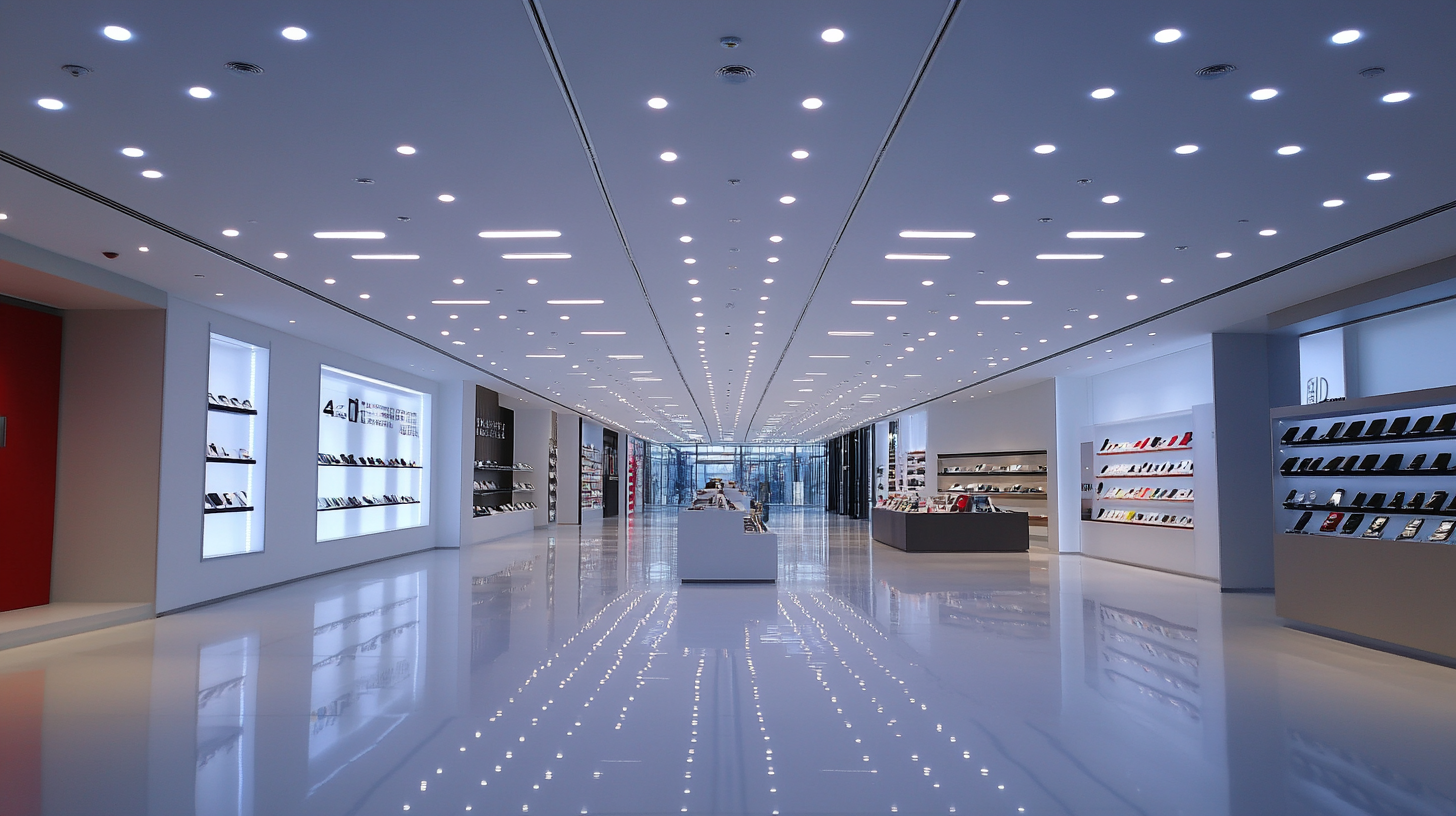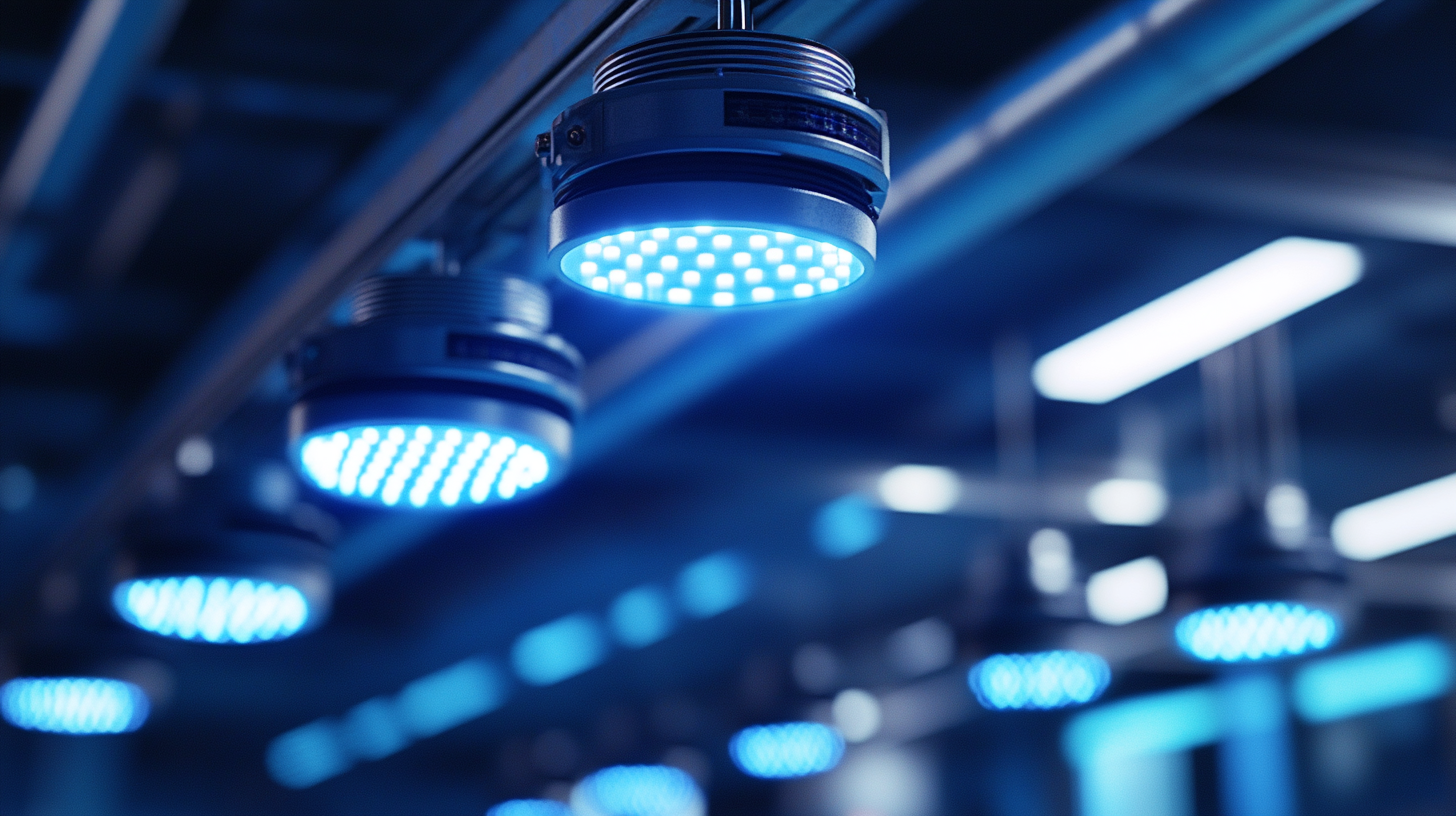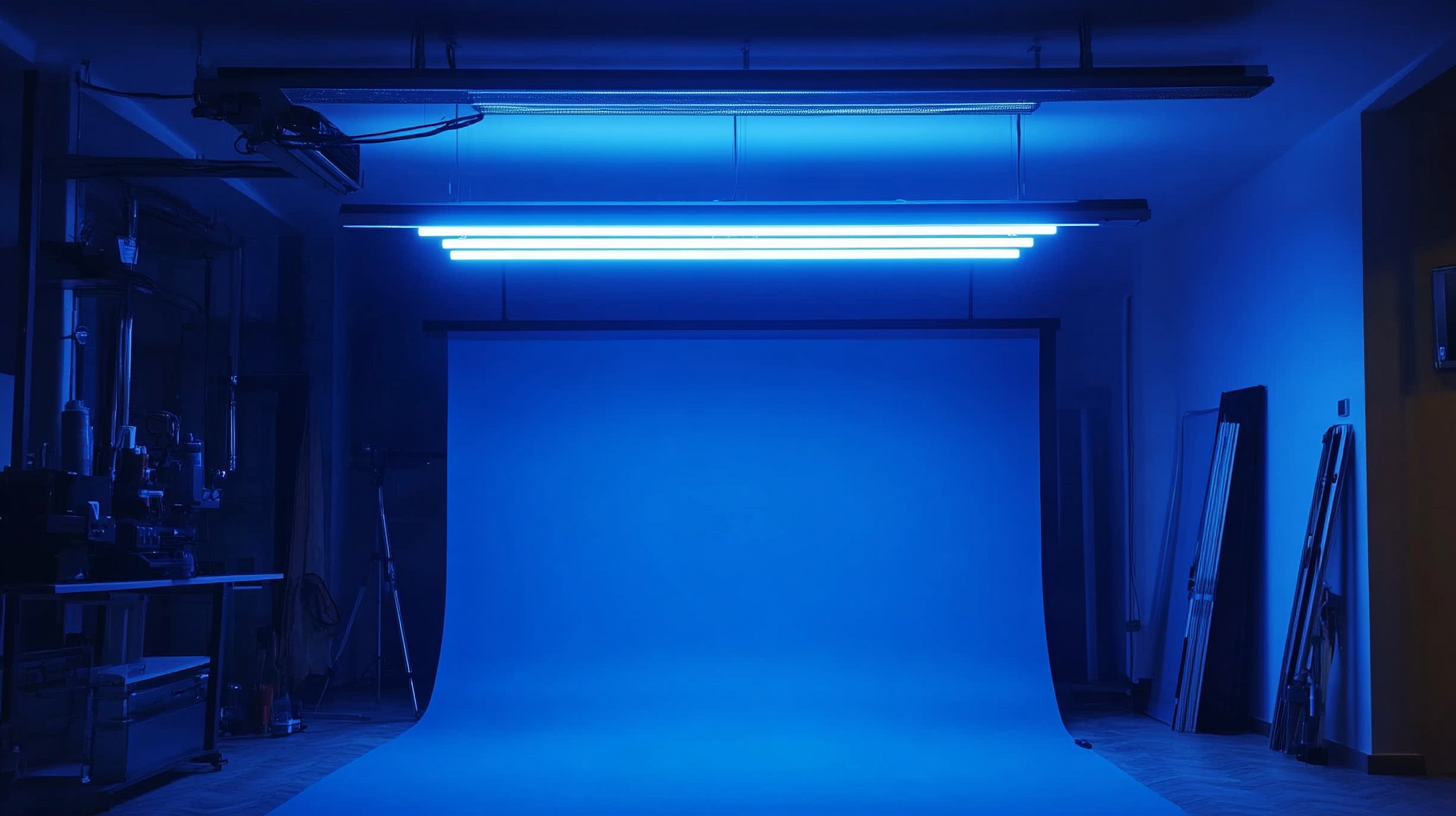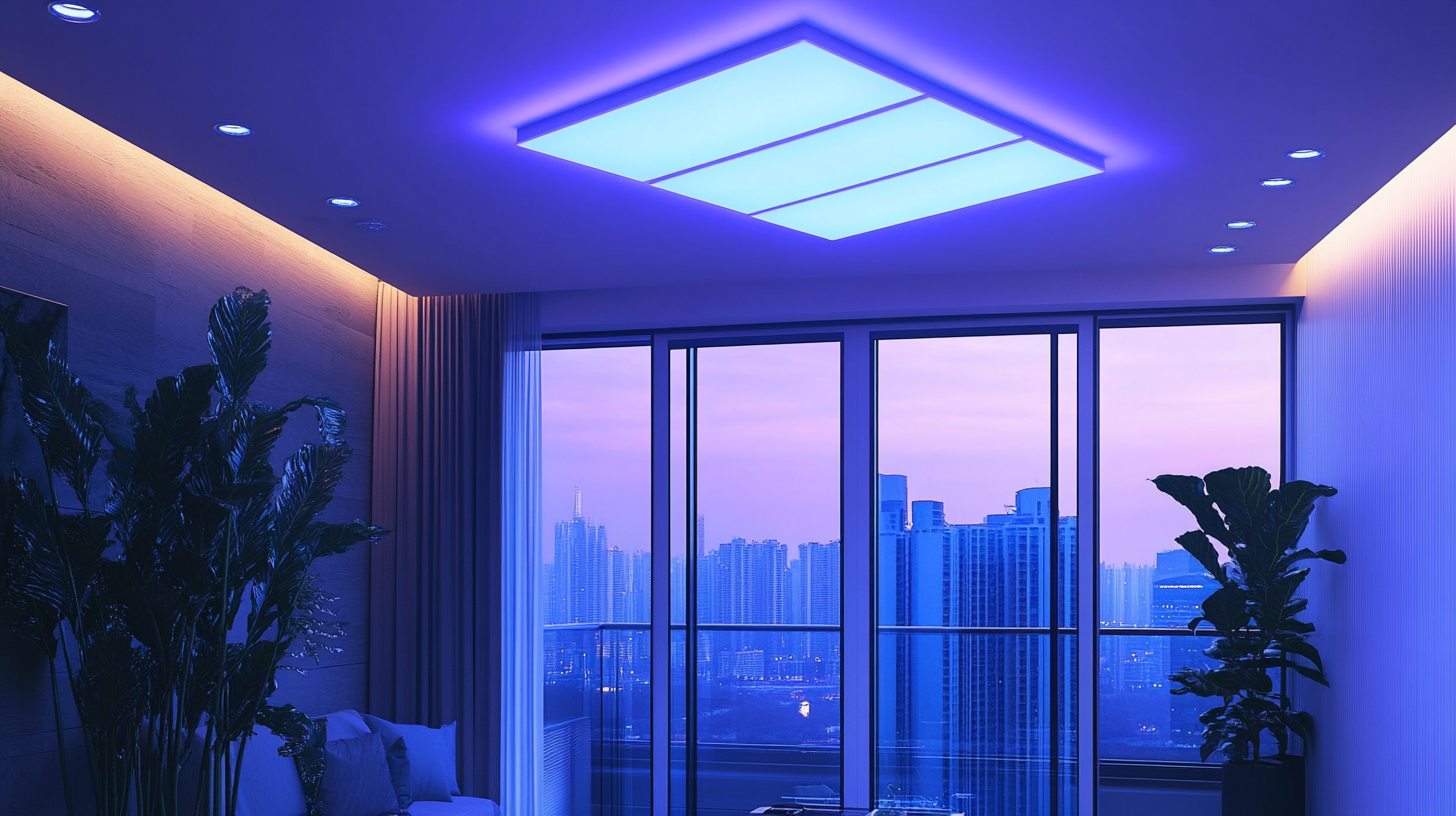
The lighting industry has undergone a significant transformation over the past few decades, with the advent of LED technology leading the charge. In 2022, the global LED lighting market was valued at approximately $65 billion, with projections indicating it could reach around $130 billion by 2028, according to a recent report by Allied Market Research. This remarkable growth underscores the importance of innovative technologies, such as LED fitting, which play a crucial role in improving energy efficiency and reducing overall environmental impact.
As businesses and consumers alike become more conscious of sustainability and energy savings, the demand for LED fitting technologies is on the rise. Studies show that LED lights consume up to 75% less energy than traditional incandescent bulbs, while lasting up to 25 times longer. This shift not only reduces electricity costs but also enhances the quality of lighting in various applications, from residential to commercial spaces. The evolution of LED fitting solutions not only signifies a shift in consumer preferences but also reflects a broader commitment to sustainable practices within the lighting industry.

The emergence of LED technology has revolutionized modern lighting solutions, transforming both residential and commercial environments. Unlike traditional lighting methods that relied heavily on incandescent bulbs, LED (Light Emitting Diode) technology offers a myriad of advantages including energy efficiency, durability, and versatility. As concerns about energy consumption and sustainability continue to rise, LEDs have become the go-to choice for architects and designers aiming to create both functional and aesthetically pleasing spaces. One of the most significant shifts brought about by LED technology is its energy efficiency. LEDs consume up to 80% less energy than incandescent bulbs, which drastically reduces both electricity bills and carbon footprints. This shift is not just beneficial for consumers; it also aligns with global efforts to adopt more sustainable practices. Furthermore, LED lights have a longer lifespan, lasting up to 25,000 hours or more, which minimizes waste and the frequency of replacement—two critical factors in modern environmental considerations. The versatility of LED fittings has also paved the way for innovative designs in lighting solutions. Available in various shapes, sizes, and colors, LEDs can seamlessly integrate into any setting, whether it’s for task lighting in an office or ambient lighting in a home. Additionally, advancements in dimming technologies and smart lighting controls have allowed for greater customization of light settings, thus enhancing user experience. This adaptability makes LED technology not just a functional lighting option, but a significant driver of creative expression in modern lighting design.

The transition from traditional lighting options to LED fittings represents a significant advancement in lighting technology. One of the most compelling advantages of LED lights is their energy efficiency. According to the U.S. Department of Energy, LED lighting uses at least 75% less energy than incandescent bulbs, which translates to considerable savings in electricity costs for both residential and commercial users. This shift not only reduces utility bills but also lowers the overall carbon footprint, making LED technology an environmentally friendly choice.
Another key benefit of LED fittings is their longevity. While traditional incandescent bulbs typically last about 1,000 hours, LEDs can last up to 25,000 hours or more, greatly reducing the frequency of replacement. The National Renewable Energy Laboratory reports that using LED technology can lower maintenance costs due to fewer bulb changes and decreased waste from discarded lamps. This durability is especially valuable in commercial settings where lighting fixtures are often hard to access.
Furthermore, LED fittings offer enhanced lighting quality and versatility. They are available in various color temperatures and can easily be integrated into smart lighting systems, allowing users to control brightness and even color with ease. The Illuminating Engineering Society notes that the superior color rendering of LED lights enhances the aesthetic appeal of spaces, making them ideal for retail and hospitality environments where ambiance is crucial.
Overall, the advantages of LED fittings over traditional lighting options are undeniable, showcasing how technology continues to evolve, providing energy savings, longevity, and superior performance.

The innovative designs and applications of LED lighting have transformed several industries, ranging from commercial spaces to street lighting. With advancements in LED fitting technologies, manufacturers are consistently pushing the boundaries to meet the evolving demands for efficiency and aesthetics. For instance, the introduction of remarkably small yet powerful LED drivers has allowed for more compact and versatile lighting solutions. A recent demonstration showcased the world’s smallest driver, capable of delivering 20W power in a remarkably compact form, paving the way for integration in diverse applications without compromising on performance.
The LED market is experiencing significant growth, particularly in Europe, where the market size is projected to expand at a compound annual growth rate (CAGR) of 9.3%. This growth is fueled by the increasing adoption of LED technology in landscaping, recessed lighting, and various architectural designs. As industries recognize the advantages of LED lighting, such as energy efficiency and longevity, applications are expanding rapidly across sectors. The landscape lighting domain alone is anticipated to grow substantially, reflecting a broader trend towards sustainable and visually appealing illumination solutions.
Furthermore, manufacturers are innovating to enhance warehouse efficiency, showcasing how LED technology can optimize operational environments. As organizations upgrade their facilities to incorporate advanced LED lighting, not only do they benefit from lower energy costs, but they also improve overall productivity. These developments underscore the dynamic progression of LED lighting solutions as they become integral to creating smarter, more efficient spaces.

As the world faces increasing challenges related to energy consumption and environmental sustainability, LED technology has emerged as a transformative solution in lighting design. With a significantly lower energy consumption compared to traditional lighting solutions, LED fittings not only illuminate spaces more efficiently but also contribute to a reduced carbon footprint. This leap in technology promises not only to meet the growing demand for lighting but also to address the pressing need for sustainable practices in various industries.
One of the most notable impacts of LED technology is its longevity. LED fittings can last up to 25 times longer than incandescent bulbs. This remarkable lifespan minimizes the need for frequent replacements, thus reducing waste and the resources required for manufacturing and disposal. Moreover, the reduced energy demand associated with LED lighting translates directly into decreases in greenhouse gas emissions, fostering an environment where energy efficiency is prioritized.
Furthermore, the integration of advanced technologies such as smart sensors and controls within LED systems enhances their energy-saving potential even further. By adjusting brightness based on occupancy or natural light levels, these systems only use energy when necessary. This not only maximizes energy savings but also empowers consumers and businesses to engage actively in sustainability efforts. In sum, the evolution of LED fitting technology is a crucial step toward a more energy-efficient and sustainable future, reinforcing its role as an essential player in global efforts to combat climate change.
The rapid advancement in LED fitting technologies is revolutionizing lighting solutions, particularly as we move into an era increasingly characterized by smart integration. According to a report by Grand View Research, the global smart lighting market is expected to reach USD 80 billion by 2026, expanding at a compound annual growth rate (CAGR) of 26.3% from 2019. This surge is driven by the growing demand for energy-efficient lighting solutions and the integration of IoT technology into everyday lighting systems.
Future trends indicate a move towards more sophisticated LED fitting technologies that can seamlessly incorporate smart functionalities. Key developments include adaptive lighting systems that adjust brightness based on occupancy and natural light levels, enhancing both energy savings and user comfort. A study from MarketsandMarkets highlights that the deployment of smart lighting systems in commercial spaces could lead to energy savings of up to 75%, illustrating the potential benefits of such innovations.
Furthermore, the integration of artificial intelligence and machine learning into lighting solutions can enhance user interaction and automation. Intelligent sensors and controls will not only optimize energy consumption but also provide analytics that help in better understanding usage patterns, thus facilitating more informed decisions on lighting designs. As the landscape evolves, businesses and consumers alike will need to stay informed about the latest advancements in LED technologies and smart lighting, ensuring they can harness these innovations to create optimal lighting environments.
Let us help you get started with our superior LED lighting products.
Get all the latest news from BrightLED.
Copyright © Bright LED. All rights reserved.
STAY CONNECTED

